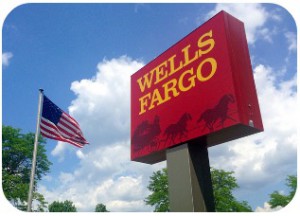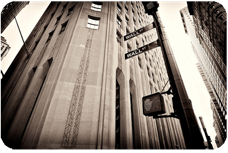 The 2010 Dodd-Frank financial reform act stands as one of the most complicated pieces of legislation ever devised. The law includes more than 22,000 pages of rules, which is equivalent to about 15 copies of Tolstoy’s epic novel War and Peace. These guidelines tell banks how much money they must set aside, how they can advertise, what sort of investments they can make, and many other stipulations and requirements.
The 2010 Dodd-Frank financial reform act stands as one of the most complicated pieces of legislation ever devised. The law includes more than 22,000 pages of rules, which is equivalent to about 15 copies of Tolstoy’s epic novel War and Peace. These guidelines tell banks how much money they must set aside, how they can advertise, what sort of investments they can make, and many other stipulations and requirements.
As you can imagine, keeping track of all those regulations Continue reading







